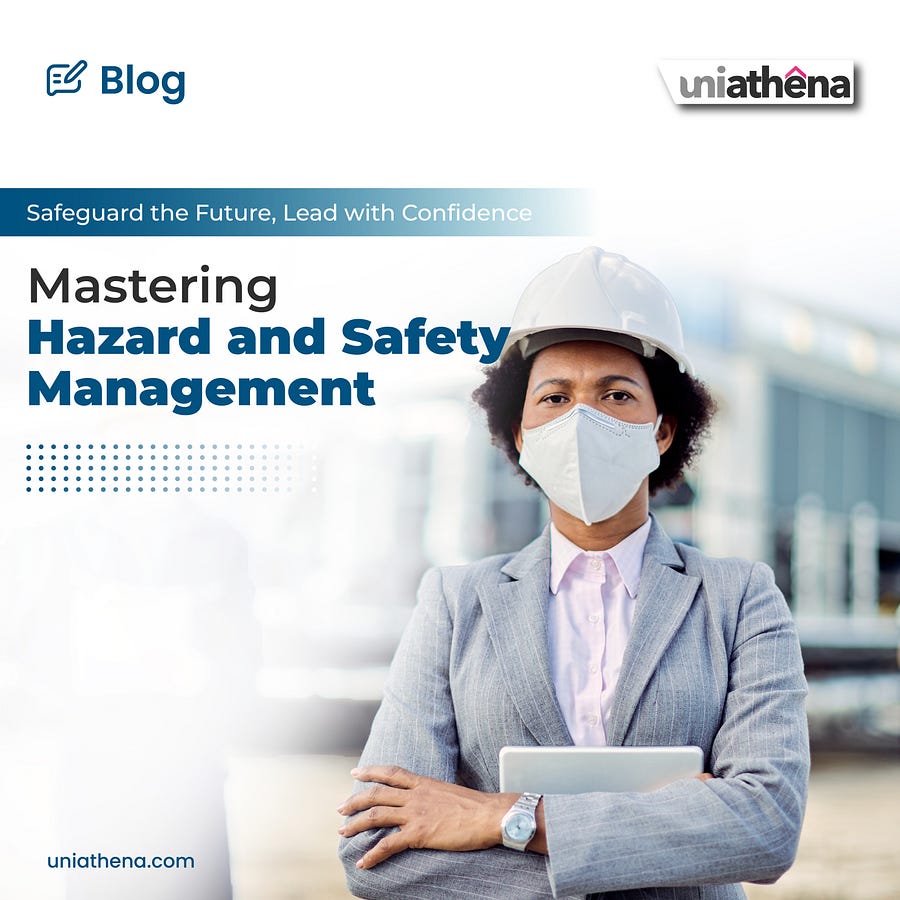
In today’s time, where safety in the workplace has come to be believed to go hand-in-hand with productivity and efficiency, an investment in a Safety Management Course has turned vital and will only prove to be beneficial. Since organizations are more and more emphasizing employee welfare, therefore the role of professionally trained safety professionals is crucial, thus this investment not only fosters a safer workplace but also drives productivity, making it clear that safety is not only necessary but also a pathway to success. Moreover, this attention to safety not only contributes to making the working environment much safer but also contributes to operational efficiency.
What Is a Workplace Hazard?
A workplace hazard can be generally described as any condition or circumstance that has the potential to cause sickness, injury, or death to an employee. The indications of hazards are limitless, ranging from the physical hazards of machinery and equipment to environmental hazards involving toxic substances. Understanding the concept of hazards in the workplace is the first step in creating a proactive safety culture. It should be noted that workplace harm is different from workplace hazards. While workplace hazard is the source of potential harm, workplace harm refers to an injury, illness, or damage that occurs either because the hazard is not controlled or because the controls in place are ineffective. For example, if a machine is unguarded, then it presents a hazard, however, if during the operation, an employee without proper safety control injures its hand, then that specific injury is harmful. Effective safety management directly addresses those hazards that have the potential to cause harm and ensure a safer work environment.
Types of Workplace Hazards
Understanding the different types of workplace hazards is very important in effective safety management. There are several categories in which hazards can be classified:
Physical Hazards: These involve injuries arising from unsafe workplace conditions, extreme temperatures, noise, slipping, and falling. These could come from environmental factors and different pieces of equipment used in everyday operations.
Chemical Hazards: The exposure to chemicals, both the traditional industrial ones and the modern-day toxins, might be through inhalation, skin contact, or ingestion. A number of risks might be associated with improper handling and storage and with the lack of use of PPEs. The implementation of safety procedures in terms of proper labeling and managing spills would be critical in addressing them.
Biological Hazards: These usually include bacteria, viruses, and fungi. Although not as noticeable as other forms of hazards, they form one of the most dangerous elements of risk in healthcare, laboratories, and food handling environments. Good management includes keeping clean, proper disposal of waste, and vaccinations when necessary to avoid exposure.
Ergonomic Hazards: These include poor workstation design and any factor that stresses the body. Poor ergonomics sets a person up to get injured, such as musculoskeletal disorders, which are usually preventable through training and adjustment of workplace setup to fit the needs of the employees.
Psychosocial Hazards: Stress and other forms of workplace bullying or harassment impact employees in terms of well-being and productivity. Consequences include absences and instability. Organizations should work toward creating a supportive work environment, open communications, and mental health resources to treat these issues effectively.
This, in turn, can enable a safer and healthier workplace through recognition and proper action on these hazards, helping to uplift general employee satisfaction and productivity.
Getting Started With UniAthena’s Safety and Hazard Course
This Mastering Hazard and Safety Management course will help you protect your team and minimize risks by equipping you with key knowledge in hazard identification, risk assessment, and safety protocol knowledge.
This free online Safety Management Course covers workplace hazards, relevant laws and regulations, and the role of a safety professional, thus providing the skills to lead work safety initiatives and create a safe working environment. With a flexible, one-week self-paced learning format and a certification from Cambridge International Qualifications, CIQ UK, it equips you with the knowledge and skills to create safer workplaces. Enroll right away and start your journey as a Safety and Hazard Management leader.




Comments